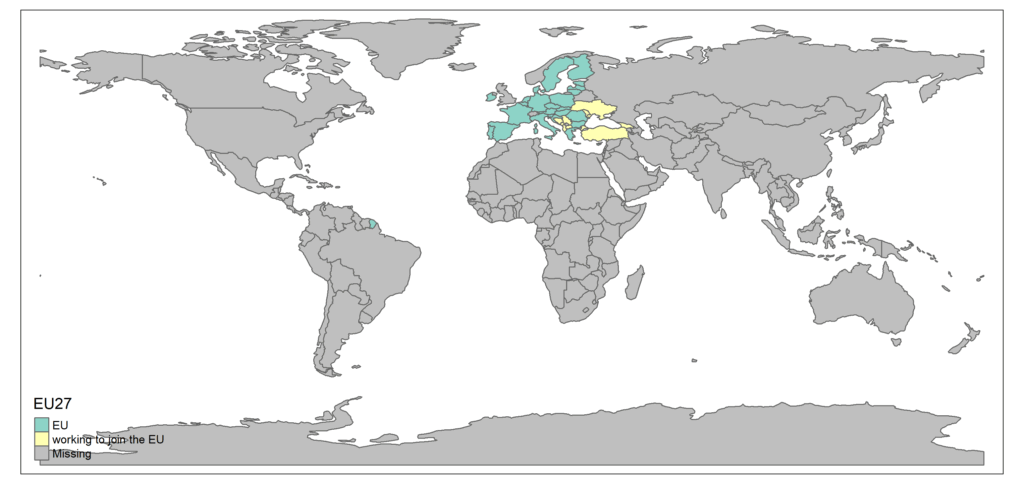The Pact on Migration and Asylum came into force on 11 June 2024 with new rules on migration at the EU level. The pact aims for a common EU system to manage migration with secure external borders and efficient procedures to guarantee migrants’ rights (1). The European Commission’s department: Migration and Home Affairs led by Ylva Johansson is in charge. In addition to the guide for the migration process management, the department also sets guidelines for integration and inclusion. While each EU member states are responsible on their own, the guidelines would help each state to integrate migrants effectively (2). The action plan on integration and inclusion 2021-2027 is one of the major guides. Several highlighted points in the action plan are: to ensure early childhood education and care (ECEC); to provide more support for female migrants; to ensure labor market integration; and to enhance social participation and cohesion.
These policies are crucial for migrants as well as host societies to prosper with the skills, resources, and diversity that migrants would bring in. As abovementioned, each EU member state sets its policy while referring to the EU policies on migration and integration. I will take a look at the Swedish migration and integration policy in the next post.
Extra information:
European Union (EU) started with six countries: Belgium, France, Germany, Italy, Luxembourg, and the Netherlands. It expanded over time and currently, 27 countries belong to the EU. There are the European Commission, the European Parliament, and the Council of the European Union. European Commission suggests laws, and the European Parliament and Council of the European Union decide the laws, and all member states are obliged to make the laws happen. As a few highlights, in 1985, the EU set the Schengen Area for people to travel without passport control. In 2012, the EU was awarded the Nobel Peace Prize for advancing peace, reconciliation, democracy, and human rights in Europe. The EU mainly functions as an overarching authority for the politics and economy of all member states, and the free movement of people and products and standardized currency for a single market are major characteristics. There are several states that are waiting for approval to join the EU, such as Albania, Bosnia and Herzegovina, Türkiye, and Ukraine.

Figure 1: The countries that are part of the EU.
References
1. European Comission. Pact on Migration and Asylum [Internet]. 2024 [cited 2024 Oct 14]. Available from: https://home-affairs.ec.europa.eu/policies/migration-and-asylum/pact-migration-and-asylum_en
2. European Comission. Integration [Internet]. 2024 [cited 2024 Oct 11]. Available from: https://home-affairs.ec.europa.eu/policies/migration-and-asylum/legal-migration-and-integration/integration_en
